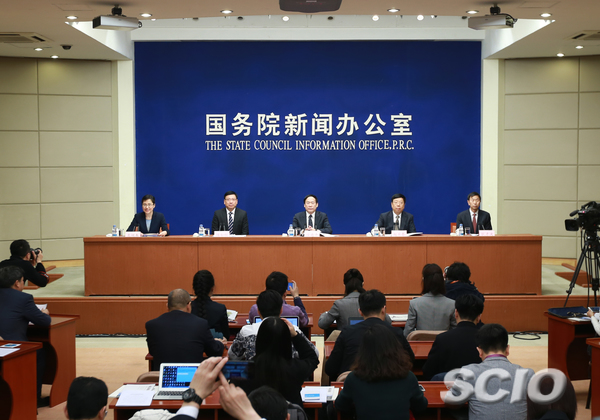Three cities marked for green pilots
China will begin testing innovative solutions on clean energy, ecological protection, urban development and other fields related to sustainable development in three pilot cities, officials said on Friday.
The three cities are Shenzhen in Guangdong province, Taiyuan in Shanxi province and Guilin in the Guangxi Zhuang autonomous region. The results will provide invaluable knowledge for achieving nationwide sustainable growth by 2030, said Xu Nanping, vice-minister of science and technology.

These cities are the first batch of the 10 national demonstration zones for sustainable growth planned by the State Council in its 2030 Agenda for Sustainable Development published in 2016.
The plan is also part of a global effort spearheaded by the United Nations since 2015 for eradicating poverty worldwide and achieving sustainable development by 2030.
"These three cities represent different paths of regional development, but they also share many typical and common challenges with other regions when pursing sustainable development goals," said Xu.
"By testing new technologies and innovative solutions in these pilot zones, China hopes to replicate local success nationwide and even offer Chinese wisdom to help other countries achieve sustainable development," he said.
Taiyuan, a typical resource-based city that relies on coal and heavy industries, will use new technologies to upgrade existing factories, develop clean energy and advanced manufacturing industries, and curb water and air pollution, said Geng Yanbo, Taiyuan's mayor.
By 2020, more than 290 days in a year will have clean air, and all urban wastewater will be properly treated, he said. By 2030, the city will have more than 328 days of clean air, and high tech industries will constitute more than 55 percent of the city's economic growth.
Guilin, a popular tourist city famed for its natural beauty, will focus on protecting its environment, especially on remedying the desertification of its Karst Landform, said Zhao Leqin, the city's Party chief.
UNESCO added Guilin's Karst Landform to the World Natural Heritage List in June 2014 for its rich biodiversity and scenic landscape.
"Lucid waters and lush hills are as valuable as mountains of silver and gold," Zhao said. "We will find new ways to combine ecological protection with green industries, thus creating a beautiful and developed model city in which people can live in harmony with nature."
Shenzhen, a megacity city with an economy of more than 2.24 trillion yuan (6 billion) last year and a population of around 12.5 million permanent residents, has been plagued by traffic jams, cramped living spaces, pollution, unbalanced development and other issues, said Chen Rugui, the mayor.
"We hope to use technology and innovations to improve city management and solve these issues," he said. By 2020, Shenzhen aims to be a global innovation hub, and a global model city for innovation and sustainable development by 2035, he added.